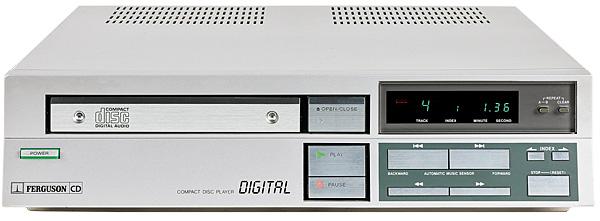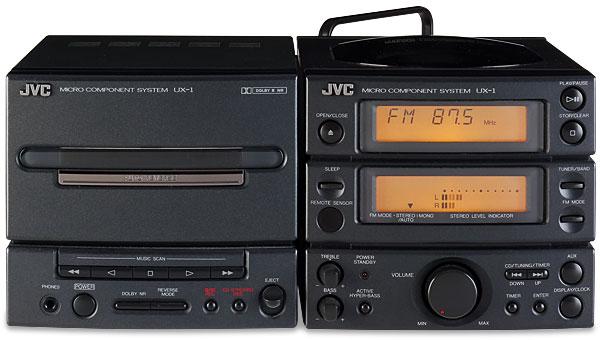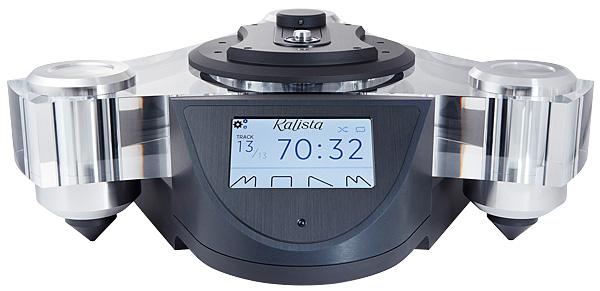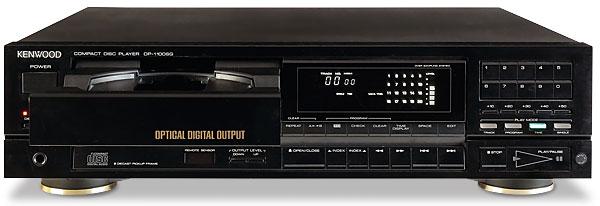Disc Players
Sort By: Post DateTitle Publish Date
|
Jan 17, 2020
|
Feb 05, 2025 |
First Published: Mar 01, 2025
|
Jun 09, 2022

 The long-anticipated final piece in Exposure’s 3510 series has arrived – a CD player that leverages the 3010 S2 series electronics and XM CD’s top-loading transport mechanism
The long-anticipated final piece in Exposure’s 3510 series has arrived – a CD player that leverages the 3010 S2 series electronics and XM CD’s top-loading transport mechanism


 Now a forgotten hero, this CD player's claim to fame was that it was the first to be sold by a British household name. But does its sound make it more than just a curio?
Now a forgotten hero, this CD player's claim to fame was that it was the first to be sold by a British household name. But does its sound make it more than just a curio?



 Following its inaugural AD 800 CD player, based on a first-generation Sanyo chassis, the AD-812 slips into the mainstream with a stripped-out 16-bit/x2 player. How does it fare?
Following its inaugural AD 800 CD player, based on a first-generation Sanyo chassis, the AD-812 slips into the mainstream with a stripped-out 16-bit/x2 player. How does it fare?


 As Hegel's previous 'last ever' CD player – the Mohican – gets the chop, the audio world faces a new invasion from the Norwegian longships, courtesy of the Viking...
As Hegel's previous 'last ever' CD player – the Mohican – gets the chop, the audio world faces a new invasion from the Norwegian longships, courtesy of the Viking...








